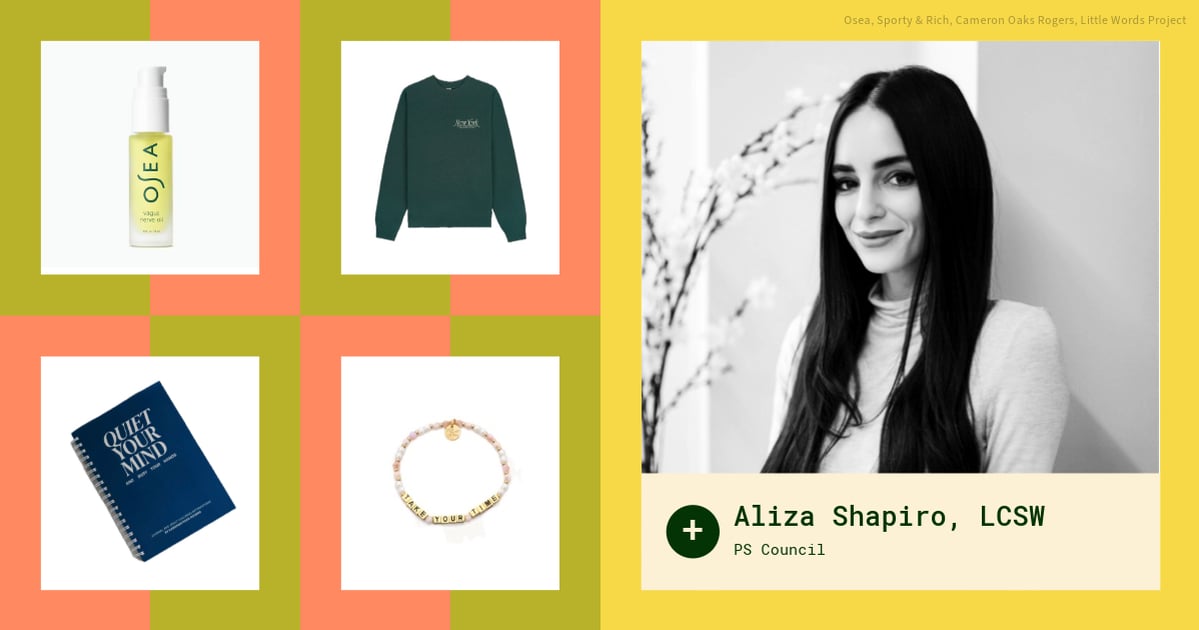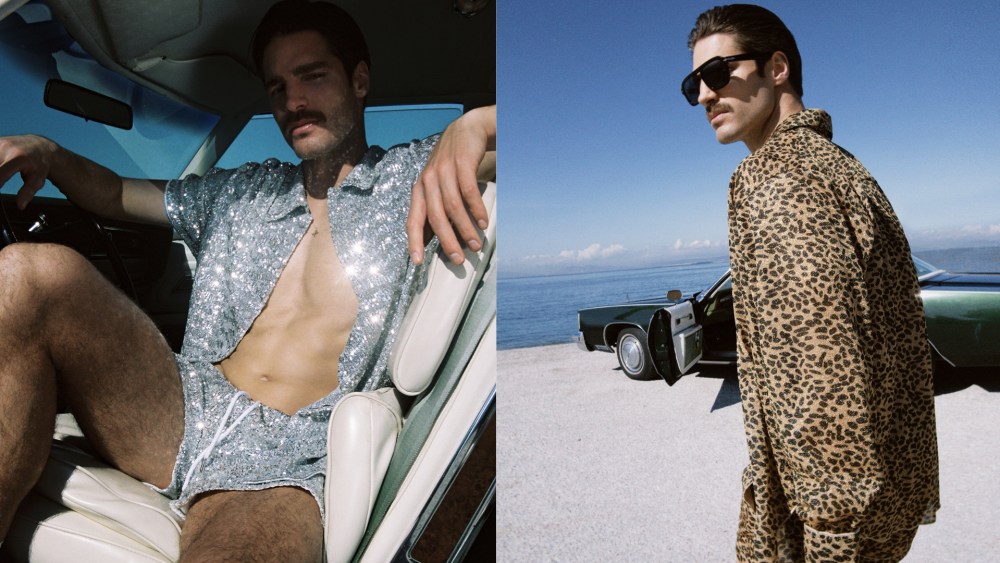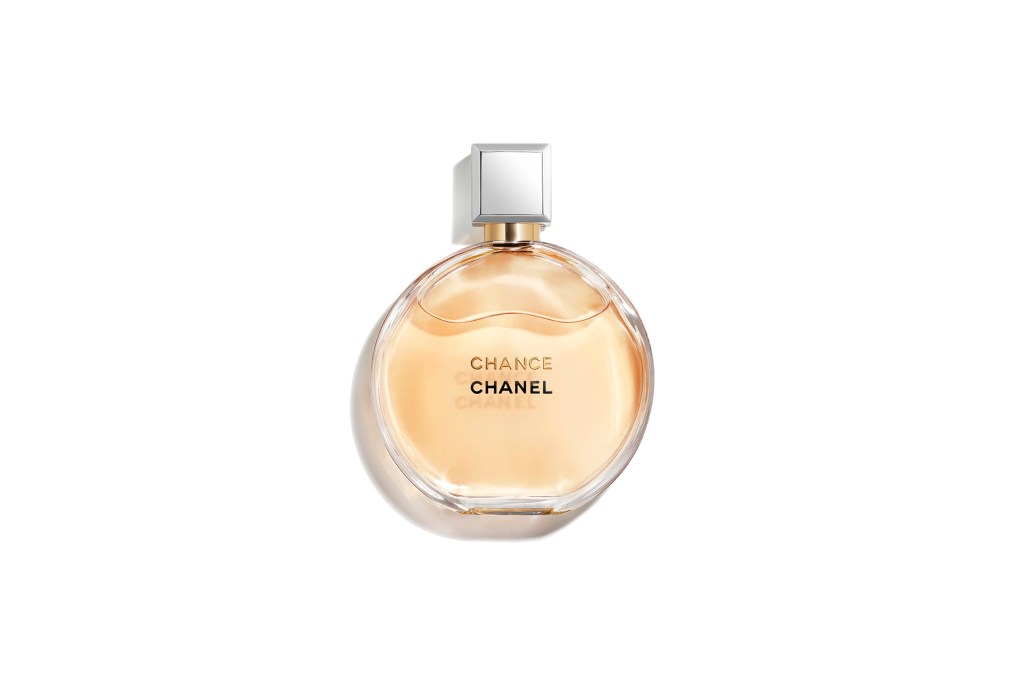“As designers, we do half of the work, the other half is in the hands of the customers, who interpret the clothes each day and mold them through their experiences,” says Alessandro Sartori self-effacingly.
Zegna’s artistic director is therefore fully embracing the use of layering for summer 2026, triggered by the image of “taking clothes from your closet, keeping them because they are part of your history and because of their intrinsic value, and mixing them with the new ones you just bought.”
To achieve layering that is not cumbersome, Sartori worked his magic with fabrics, delivering the lightest of linen suits weighing only 300 grams in total, entirely deconstructed and unlined, yet developed in a new double-stitching technique — “like a sandwich,” he said ahead of the show, exceptionally held on Wednesday evening in Dubai, at the city’s Opera theater.
You May Also Like
Reflecting the concept of daily use, of clothes washed and with a “personal patina,” as Sartori put it, a selection of the suits was shown crinkled, and their stripes and colors faded as if scorched by the sun.
To be sure, outside the venue, entirely transformed by Zegna for a week as the stage for the show morphed into an oasis complete with sand dunes, palms and Ghafs, the United Arab Emirates’ national tree, the sun was blazing. The theater (with air-conditioning to the rescue) also included the latest iteration of Villa Zegna, following the Shanghai and New York experiences.
While the extremely light collection was ideal for summer, with easy and fluid shapes, Sartori explained it was not designed with the idea of showing in Dubai. He revealed that he starts on a new collection even before the previous one has been shown.
“Half of our team begins working on the next season before the show, which gives us more time to do research and buy fabrics in advance, we can do more fittings and so on. We started on this collection last October, so we have about seven months to develop a seasonal collection,” he said. This also allows for continuity and “hybridization of concepts.”
He liked the idea of showing in Dubai because “it’s the new center of the world, where people like to experiment, the city offers so many possibilities to explore, there are few prejudices and people like to shop and enjoy fashion.”
Gildo Zegna, chairman and chief executive officer of the Ermenegildo Zegna Group, couldn’t agree more. “This place is unique, and we chose to show here and not in Milan this season as a one-off in accordance with Carlo Capasa [head of Italy’s chamber of fashion who was in attendance] because we share the vision and entrepreneurial spirit of the city,” he said. “I was struck by what the director general of Dubai’s Department of Economy and Tourism [Helal Saeed Al Marri] told me. He said that ‘we manage this country as a business, not as a state and we consider ourselves as entrepreneurs.’
“Indeed, it is amazing what has been done in more than two decades,” said Zegna, recalling the pioneering spirit of his own family’s company, from his grandfather’s vision setting up the natural preserve, the Oasi Zegna, in the Italian Alps in the 1930s, his father and uncle opening branches around the world, the entry into China in 1991, and the public listing in New York and the rebranding he spearheaded.
“We celebrate the entrepreneurial vision here,” he said.
While he declined to provide a figure for the investment, there is no doubt Zegna pulled out all the stops, flying over around 200 Very Important Clients for a week, who will have the opportunity to preorder some of the looks from the collection and the limited edition of 300 flacons of Il Conte parfum at 3,000 euros each, created in a license with Give Back Beauty, and to be officially rolled out next year.
“This is the biggest event in our history after our centenary [in 2010],” he said.
Zegna highlighted the strategic importance of the city, where the Dubai Mall attracts 110 million visitors a year. Marveling at the numbers, the executive said the Zegna store in the mall is the best performing in the world for the brand, “with 30 different nationalities entering every day” and a loyal local clientele, followed by the New York flagship.
Covering almost 6,500 square feet, the Dubai store is being refurbished for the third time. “This has to be done every five years and now we are creating the Salotto Zegna, a very exclusive area for personalization and one-to-one experiences,” the CEO said.
The brand has seven directly operated stores in the United Arab Emirates, including one in Abu Dhabi. There is also one unit in Saudi Arabia, one in Kuwait and one in Qatar. “In three years we plan to open five more stores,” said Zegna. “The distribution is exclusive, but the productivity and the average ticket are very high.”
The Middle East and Africa region accounts for around 10 percent of sales, and the United Arab Emirates represents 70 percent of that figure. “The potential is still enormous,” he touted, recalling that the brand entered Dubai in the early 2000s. “It is increasingly becoming a point of reference for Asia outside China.”
As reported, in the first quarter, sales for the Zegna brand rose 3.6 percent to 293 million euros, driven by double-digit growth in the direct-to-consumer channel, particularly in the Americas and the Europe, Middle East and Africa region.
Zegna said the customers in Dubai “are very open to novelty,” and the collection Sartori paraded at the Opera did not disappoint those used to his new twists on classics each season. Case in point: Shetland, commonly associated with winter, looked like wool but was actually made with linen. Damier or checks were also given a new life for the warmer season in a new generation of bombers and jackets, printed on leather, jacquard or knitwear, reflecting Sartori’s passion for materials and experimentation with fabrics.
In sync with the loose silhouette of the season, Zegna’s staple Il Conte jacket was presented in a boxy and roomier version. A feather-light coat was worn over tailored shorts. The shoulders were low on deconstructed blazers with one- or two-button closures; field jackets and cardigan jackets were shown with low pockets, adding to the feel of ease of the garments. Nehru shirts doubled up as outerwear over anorak knit shirts.
Silk tabards; knit vests made with woven leather or perforated suede; cashmere and linen knits over fluid pants and Tussar silk or jute jackets were only some of the chic looks on the runway in a color palette that is always a standout and never an afterthought — from white and butter, through pinks, grays and yellow pastels to greens, rust and brown.
“Between classic and avant garde there is a huge space that has been barely explored, without looking strange,” said Sartori.
In what he calls “a kitchen moment,” he said he loves to explore that “middle territory looking for novelty.” And novelty there was, plenty and fetching. He took his bow with James Blake, who had performed during the show, to a standing ovation of several of his clients and longtime friend of the house Mads Mikkelsen.



